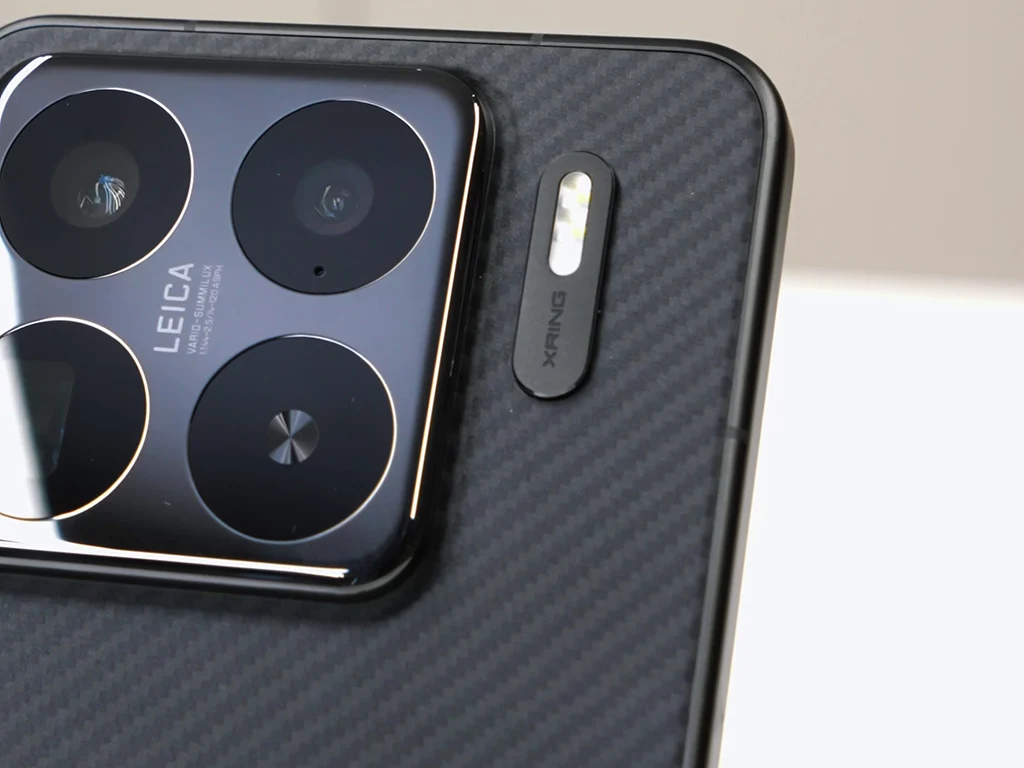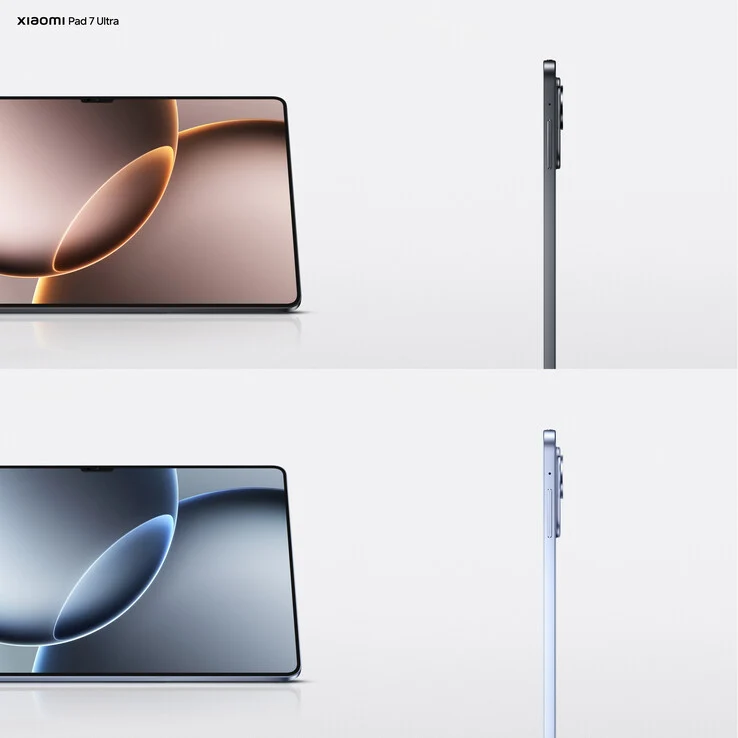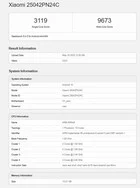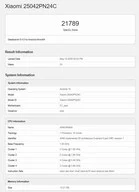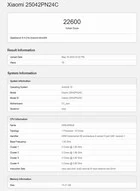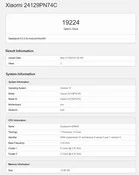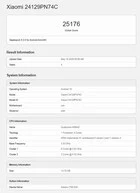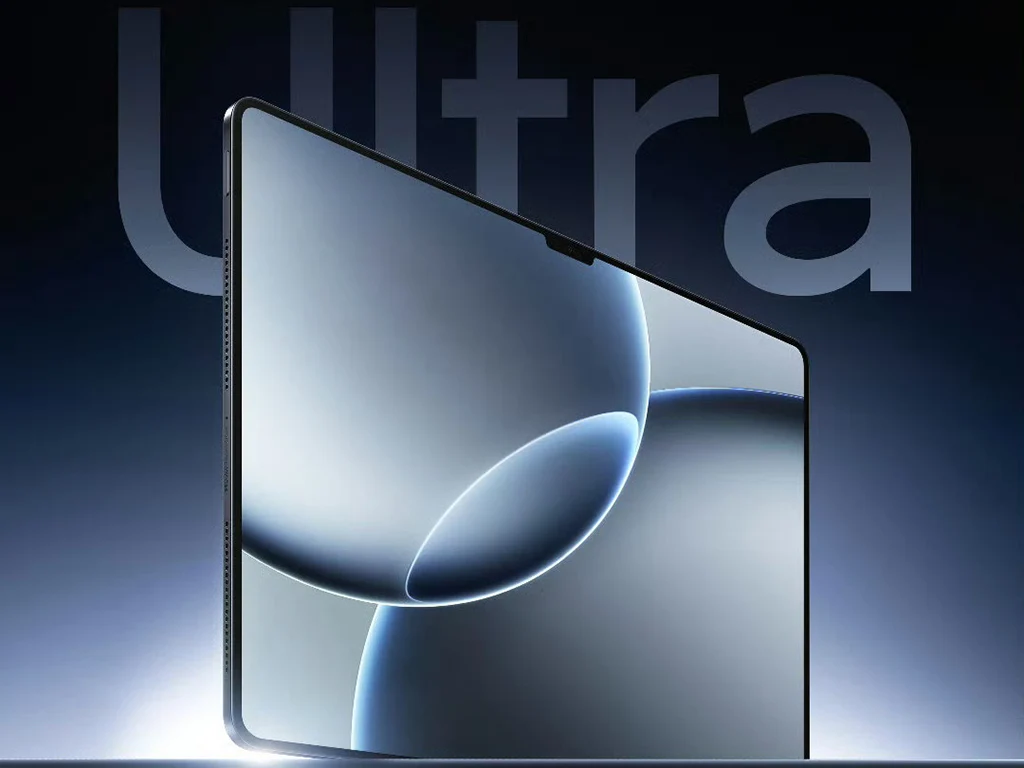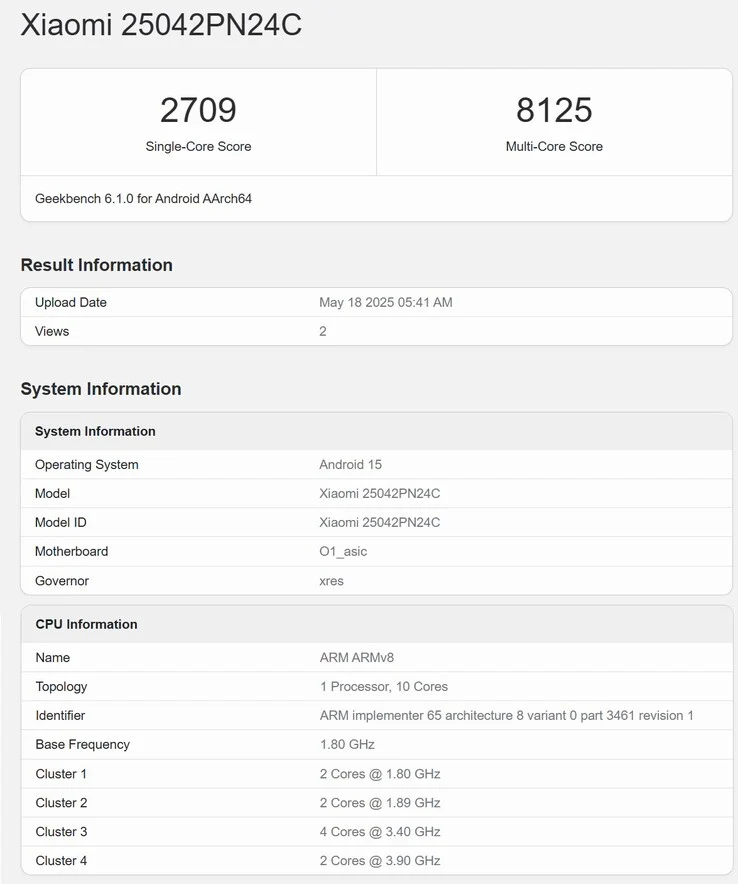Key Takeaways
1. Xiaomi’s Xring O1 SoC outperforms Snapdragon 8 Elite in early AnTuTu tests with a score of 2,535,163.
2. The official launch of the Xring O1 and Xiaomi 15S Pro is set for May 22, 2025.
3. The Xring O1 features a powerful 10-core CPU and Mali-G925 Immortalis GPU, delivering strong benchmark scores.
4. Concerns about efficiency and thermal management persist, which are crucial for practical usage.
5. The Xiaomi 15S Pro is positioned as a high-end competitor with features like 16GB RAM and a 6,500mAh battery.
Xiaomi is making waves with its new Xring O1 SoC, which is set to debut in the Xiaomi 15S Pro. This chip has just outperformed the Snapdragon 8 Elite in early AnTuTu tests, scoring 2,535,163 compared to 2,515,259. The official launch is scheduled for May 22, marking Xiaomi’s brave entry into the competitive flagship chipset market.
Impressive First-Gen Performance
The achievement of surpassing the Snapdragon 8 Elite is quite remarkable, especially for a first-generation chip. Xiaomi is all set to showcase its self-developed SoC, the Xring O1, during an event in China on May 22, 2025. Alongside the Xiaomi Pad 7 Ultra, the Xiaomi YU7 SUV will also be revealed. A leaked video from Chinese content creator 阿文鉴机, which was later taken down, disclosed the Xring O1’s performance on AnTuTu, showing it outperforming the Snapdragon 8 Elite in the Xiaomi 15 Pro.
Powerful Specifications
The Xring O1 features a 10-core CPU which includes 2 Cortex-X925 cores clocked at 3.9GHz, 4 Cortex-A725 cores at 3.4GHz, 2 Cortex-A725 cores at 1.89GHz, and 2 Cortex-A520 cores at 1.8GHz. The Mali-G925 Immortalis GPU supports this setup with strong performance, achieving Geekbench scores of 3,119 in single-core and 9,673 in multi-core tests, which is slightly behind the Snapdragon 8 Elite’s scores of 3,089 and 9,405. However, the Snapdragon 8 Elite performs exceptionally well in some models, like the RedMagic 10S Pro+, scoring over 3.15 million on AnTuTu.
Questions About Efficiency
Despite the Xring O1’s impressive benchmarks matching Qualcomm’s flagship, concerns remain about its efficiency and thermal management, which are vital for everyday usage. The Xiaomi 15S Pro is expected to offer 16GB of RAM, a potential 6.7-inch 2K OLED display, a 6,500mAh battery, and 90W charging, positioning it as a high-end competitor. The big question is whether Xiaomi’s chip can effectively challenge Qualcomm’s stronghold in the market, or if thermal issues will hinder its performance. We’re excited to see what happens!
Source:
Link


